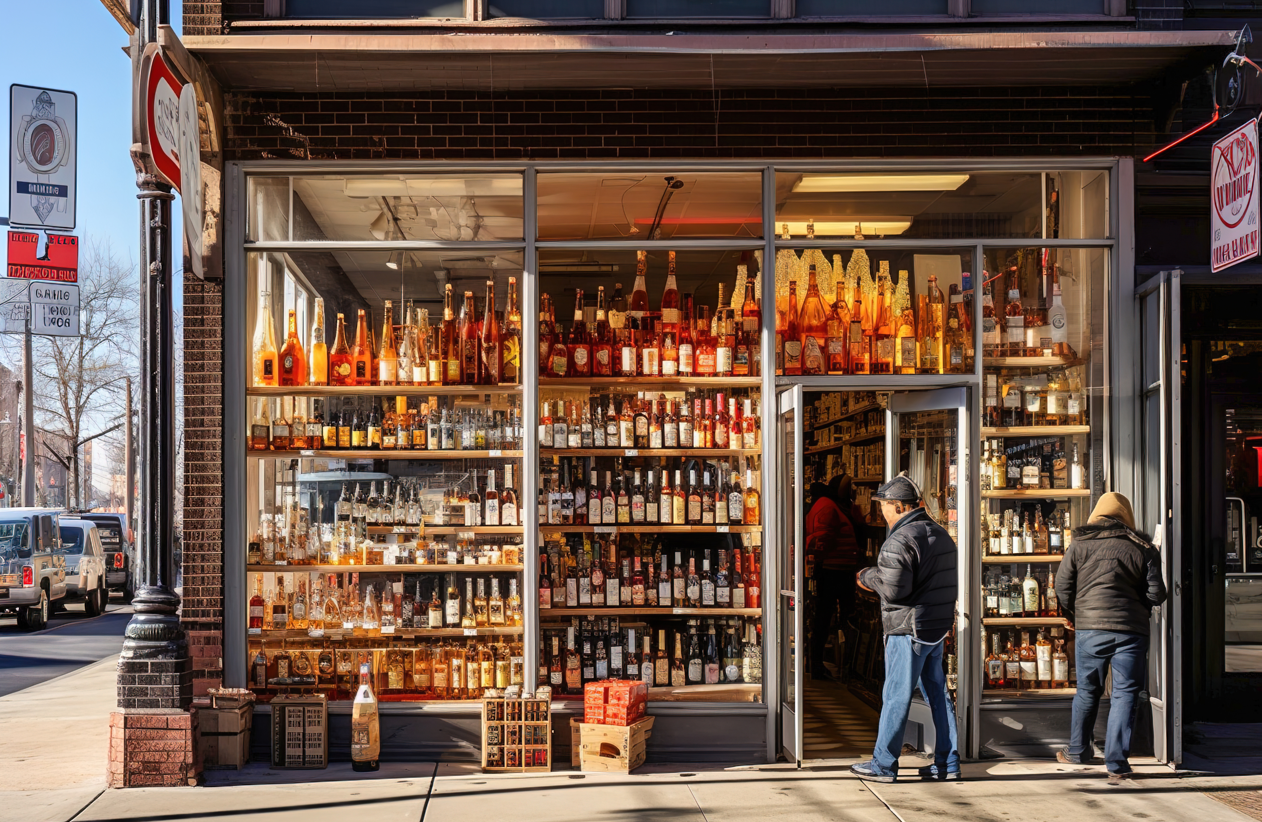The process of selecting proper blast hole drill rigs remains a fundamental strategic decision for mining and quarrying operations. Blast hole drill machines generate specific drilling holes that allow explosives placement for rock fragmentation. Using the right drill rig influences both operational speed and project duration as well as money expenses and occupational protection measures. A correct drill rig selection will produce consistent hole formations and enhance explosive power while reducing environmental damage. Executing research toward identifying the exact drill rig that fulfills your production demands has become an absolute necessity for reaching sustainable business achievement in today’s competitive industrial environment.
- Safety Considerations Come First
The basic requirement for selecting a blast-hole drill rig should be its safety profile. Modern high-quality blast hole drill rigs come with multiple safety components that consist of emergency stop systems together with noise reduction and operator protective gear and dust control features. These protective features are in place to safeguard your most important asset which is your workforce in drilling site operations. Superior rigs provide both physical shielding features along ergonomic controls that improve operator comfort and prevent operator fatigue-caused errors. Any safety incident causes harm to personnel and triggers expensive time stoppages together with regulatory fines and negative effects on organizational reputation. Finite durability and better performance can be achieved through safe rig operations.
- Productivity That Drives Profitability
The right choice of blast hole drill rig increases operational productivity which directly leads to improved profitability. Rigs at the top of the market offer increased penetration speed together with superior hole straightness and uniformity and better operational stability for uninterrupted long-period work. The superior performance results in better drilling rates during shifts along with shorter time between blasts that leads to increased material volume with less workforce requirements.
- Maintenance Requirements Matter
The decision process for choosing a drill rig must heavily rely on maintenance aspects. Builds that combine strong material quality with convenient maintenance entry points require fewer service breaks that take less time to perform. Drill rigs which incorporate centralized lubrication systems together with easy-access filters and modular components reduce machine downtime during maintenance operations. Premium manufacturers ensure smooth maintenance operations by giving detailed documentation and specialized training and readily accessible spare parts networks with their product releases.
- Environmental Impact and Compliance
The regulatory requirements for environmental compliance become progressively stricter thus making eco-friendly features in drill rigs even more essential. Modern rigs utilize advanced systems that capture dust while reducing operating noise through technological solutions and achieve fuel efficiency by employing environmentally friendly engines. Responsible operational features fulfill regulatory requirements and enhance community opinion by demonstrating environmentally friendly operations.
- Total Cost of Ownership Perspective
The real financial situation regarding drill rig ownership appears when evaluating costs past the initial purchase. The selection of the most affordable equipment requires a complete lifecycle cost analysis from purchase through machine disposal. The complete cost breakdown for drill rig ownership involves both fuel efficiency measurements together with maintenance aspects and part longevity along with market valuation values and operational performance metrics. As premium drill rigs cost more to buy they offer superior performance measures which outweigh initial capital expenses.
Conclusion
The selection of a blast hole rig driller constitutes a crucial operational choice which affects all business aspects. Your business success depends on prioritizing features related to safety combined with productivity capabilities and maintenance and environmental compliance and total ownership costs.




